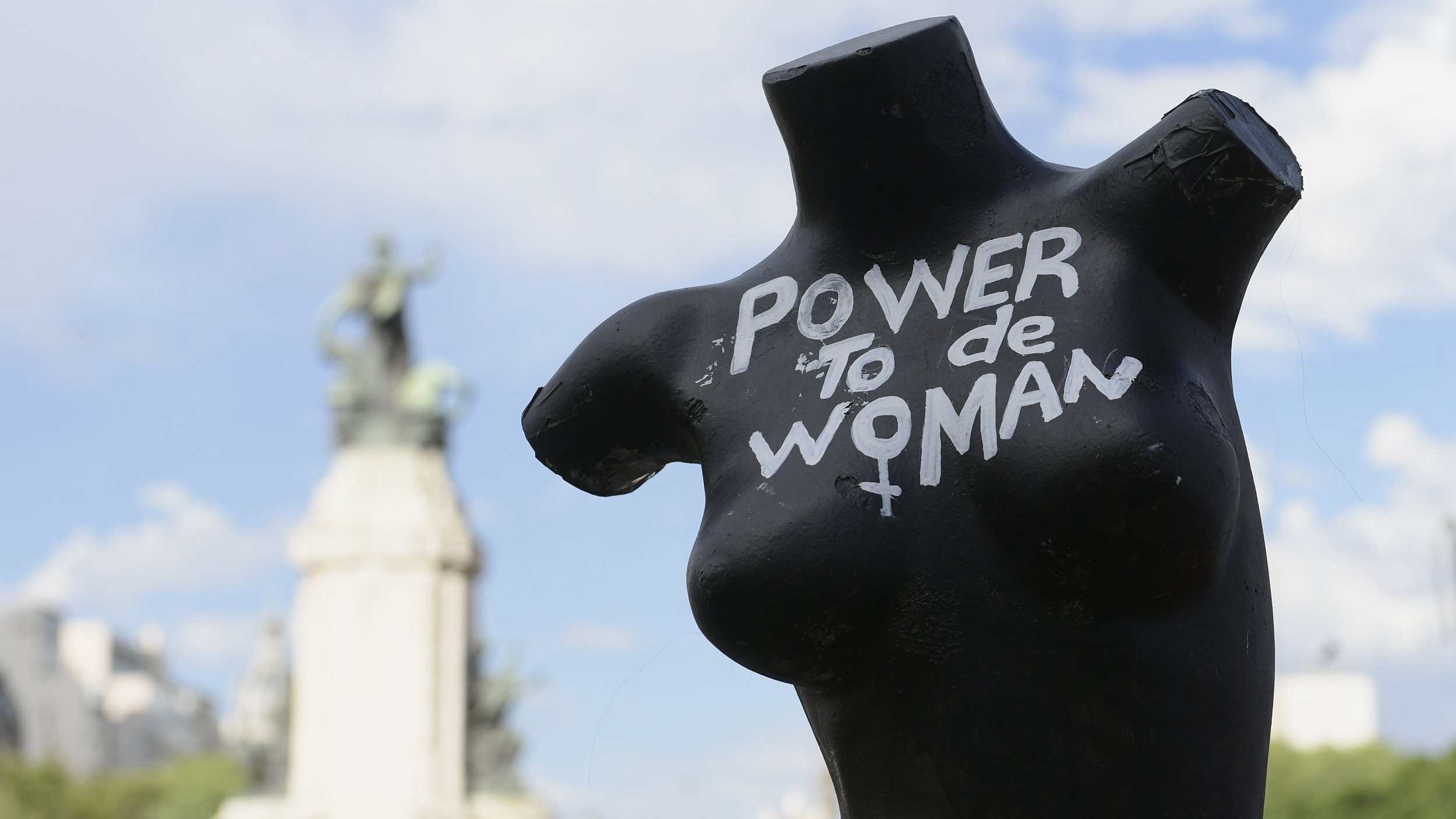A new class of U.S. congresswomen has been shaking things up in Washington, DC, while the #MeToo movement and Women's Marches have continued to make waves around the world.
More than 100 years after its first incarnation, does today's International Women's Day have renewed importance?
Fighting for the right to vote
The very first International Women's Day was held on March 19, 1911. Backed by socialist and labor movements, its goal was to support women's right to work and to vote. Over one million people attended rallies in Austria, Germany, Switzerland and Denmark.
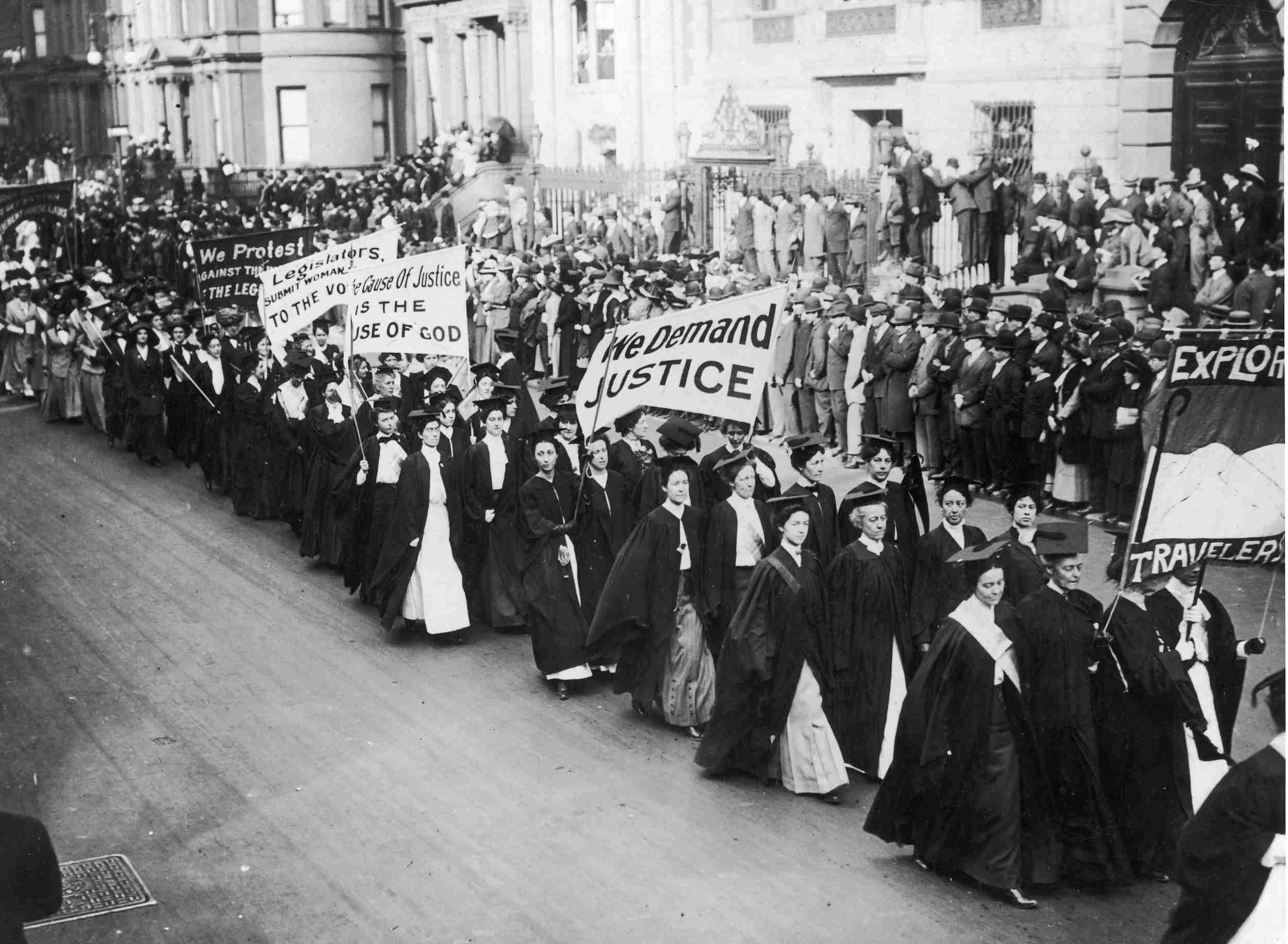
A photograph of a suffragette parade in New York City, U.S., circa 1910. /VCG Photo
A photograph of a suffragette parade in New York City, U.S., circa 1910. /VCG Photo
In the following years, March 8 became the preferred date to press for women's rights. The United Nations adopted International Women's Day in 1975.
Who celebrates and how?
Although International Women's Day was born out of the labor movement, several countries, especially in eastern Europe, adopted it as part of national folklore and celebrate it today as a national holiday, without political connotations.
In Russia, Cuba, Ukraine, and Lebanon, friends and colleagues will commonly give women flowers on March 8 and wish them a "happy women's day," as they would on somebody's birthday. Similar customs exist in much of the former Soviet bloc.
In Cambodia and Burkina Faso, March 8 is a national public holiday. In Madagascar, women get a paid day off, while in China and India, some companies and government departments will also give female employees time off.
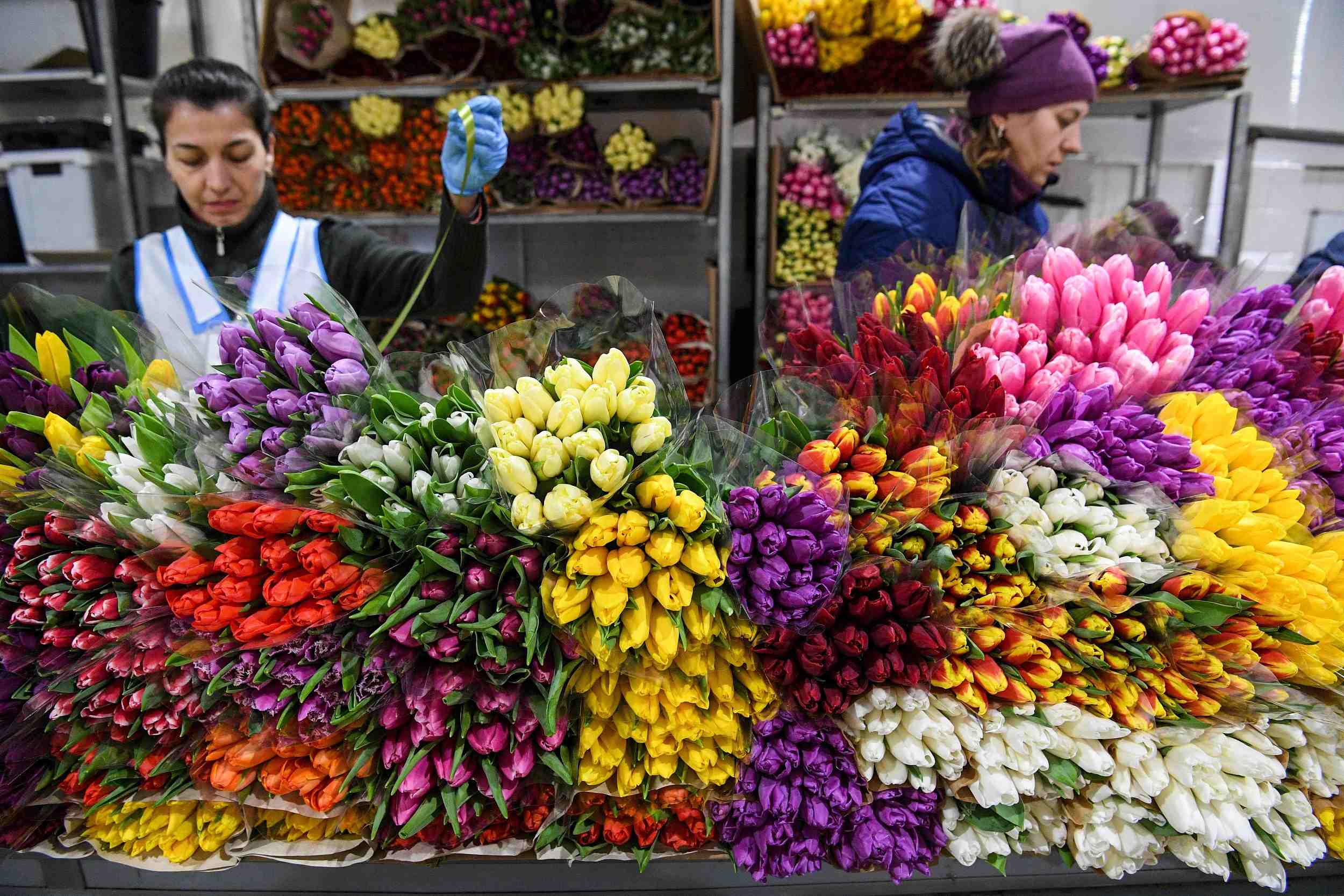
Vendors sell flowers at a flower market in Moscow, Russia ahead of International Women's Day, March 5, 2019. /VCG photo
Vendors sell flowers at a flower market in Moscow, Russia ahead of International Women's Day, March 5, 2019. /VCG photo
In Italy, the day is symbolized by the mimosa flower and women have in recent years been able to enjoy discounted rates in museums and taxis.
In 1980, the U.S. started dedicating an entire week to recognizing women's contributions and achievements. Now March is recognized as Women's History Month.
Equal pay, abortion, domestic violence
In much of the world however, the day is hardly celebrated. But it has retained its roots as a day of campaigning and demanding equal rights.
This has increased over the past few years, helped by social media to get out the message, organized marches and themed events, and by celebrity endorsements.
Italy, Argentina, Ukraine, Spain and Turkey are just some of the countries that have seen recent March 8 rallies and demonstrations.
With equal voting rights for women no longer the main issue, the focus has turned to equal pay and opportunity, abortion and contraceptive rights and domestic violence.
Women earn 77 cents for every dollar earned by men doing the same work, according to the UN – put another way, they work for free from around mid-October onward every year.
The global gender gap will only be bridged in 2189, if current trends continue.
Only six countries in the world – all in Europe – afford men and women equal legal rights, according to the World Bank.
Just 17 out of 149 countries have a female head of state. Women also account for just 24% of parliamentary deputies worldwide.
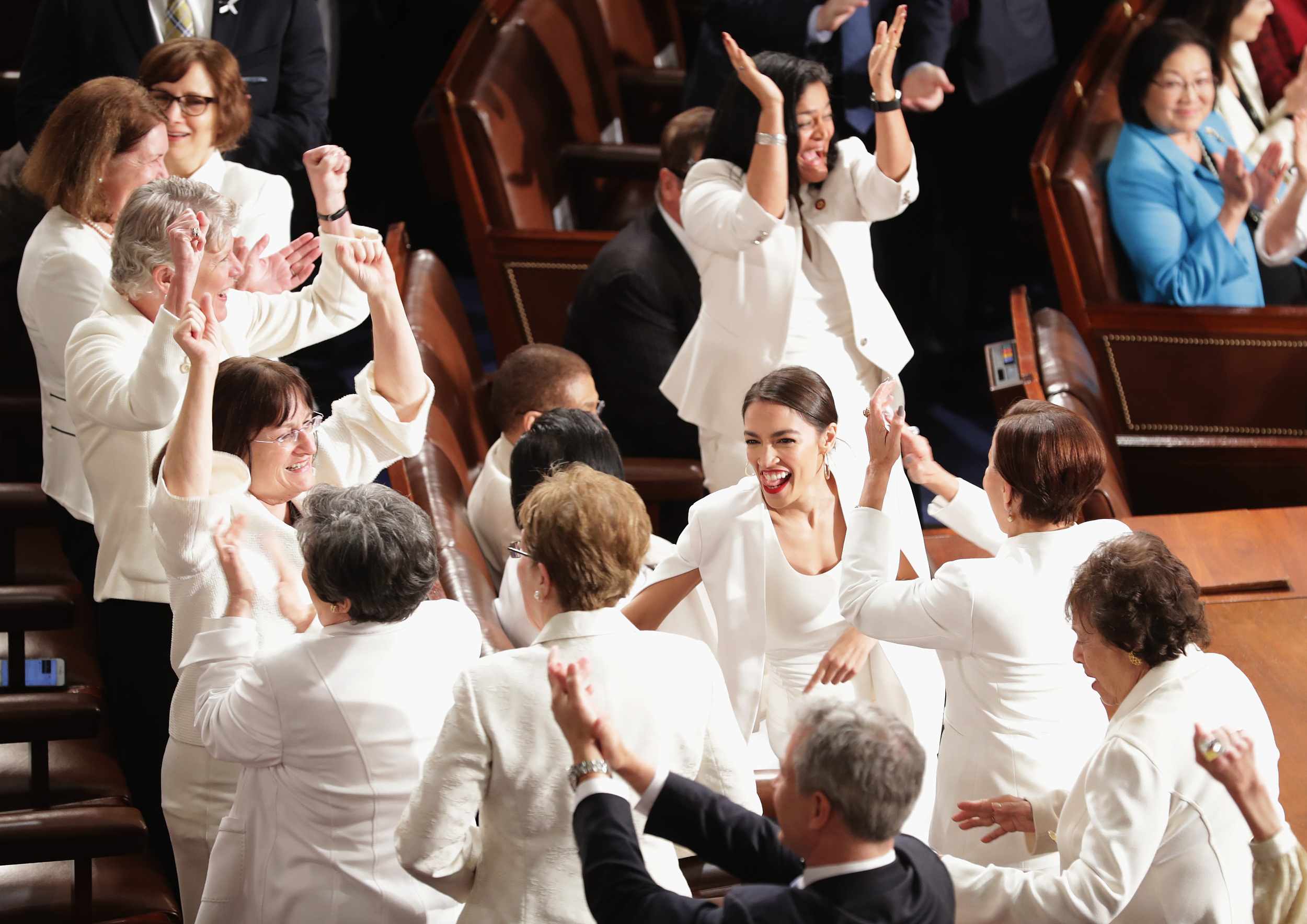
Female lawmakers cheer during President Donald Trump's State of the Union address in the U.S. House of Representatives in Washington, DC, February 5, 2019. /VCG Photo
Female lawmakers cheer during President Donald Trump's State of the Union address in the U.S. House of Representatives in Washington, DC, February 5, 2019. /VCG Photo
Outrage over sexual abuse allegations in the media, Hollywood and politics has also galvanized the women's movement, with the #MeToo movement spreading to Silicon Valley and as far as India, China, South Korea and Argentina.
Now, even beyond March 8, women's marches have reportedly drawn millions of people in the U.S. and at hundreds of separate rallies around the world since 2017; female superheroes are giving their male counterparts a run for their money on the big screen; and in the U.S. Congress, a record number of women are changing the debate, putting forward new policies and making headlines with color-coordinated outfits.
March 8, 2019
More visibility does not mean the battle is won. If anything, the opposite is true.
In Spain, where gender violence has become a key issue in national elections to be held next month, rallies and a general strike are expected on Friday on the occasion of International Women's Day. Last year, an estimated five million people walked out throughout the country in support of the strike.
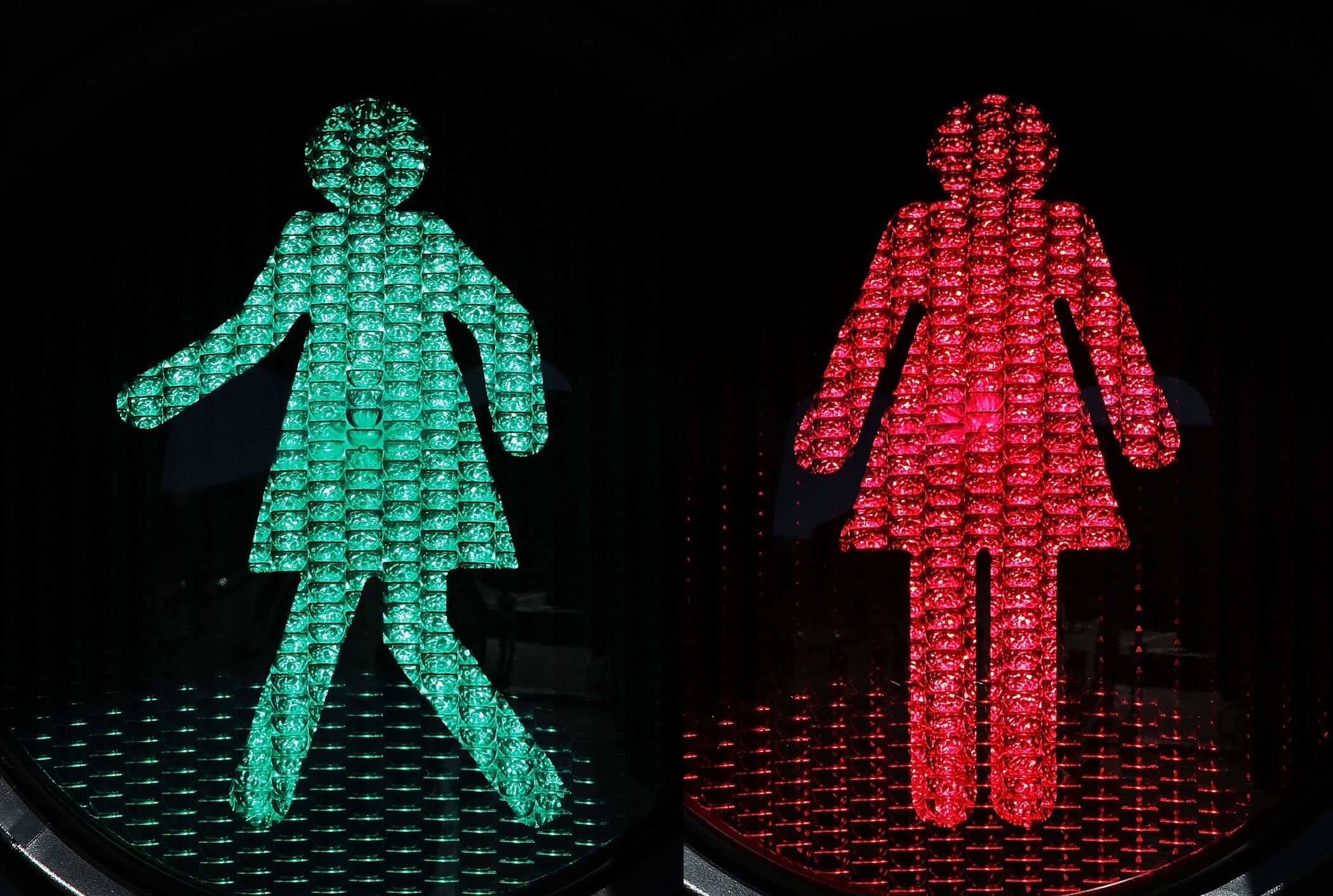
CGTN composite of pictures showing female traffic light signals in Melbourne, Australia, March 7, 2017. / VCG/CGTN
CGTN composite of pictures showing female traffic light signals in Melbourne, Australia, March 7, 2017. / VCG/CGTN
Neighboring Portugal declared the eve of International Women's Day a day of mourning this year after the country saw a record number of domestic violence deaths in the first two months.
Strikes and protests have also been called in France, Belgium and Morocco on Friday under the banner "If women stop, the whole world stops."
Berlin, meanwhile, will for the first time enjoy a day off on March 8, after the local government declared International Women's Day a public holiday.
Elsewhere, lectures, museum exhibits, breakfasts, and other events are planned in cities and towns around the world.
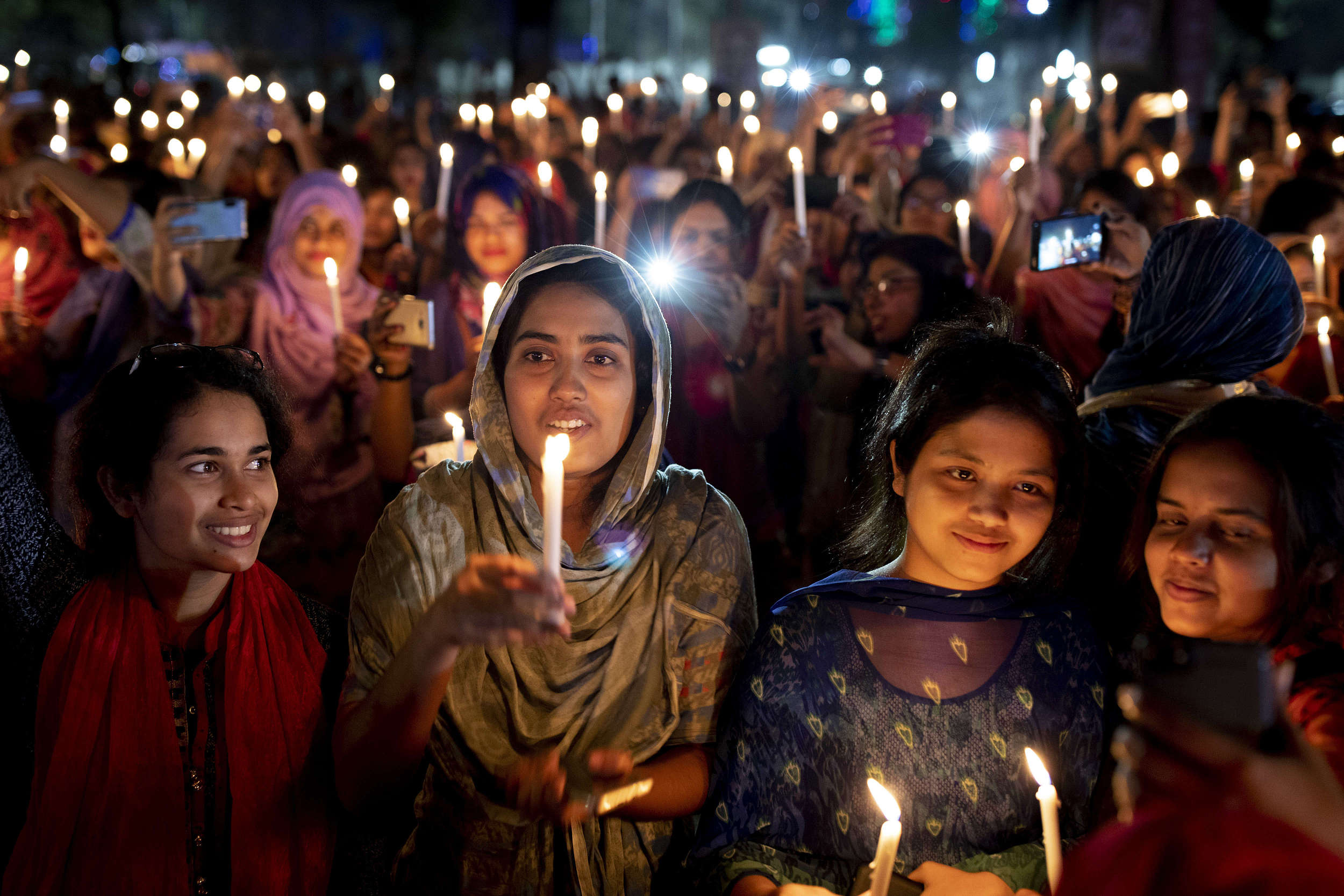
Bangladeshi girls attend a candle light event to mark International Women's Day, March 7, 2019. /VCG Photo
Bangladeshi girls attend a candle light event to mark International Women's Day, March 7, 2019. /VCG Photo
Illustrating the increased prominence of International Women's Day, UN chief Antonio Guterres noted in a message this week: "Gender equality and women's rights are fundamental to global progress on peace and security, human rights and sustainable development."
"We can only re-establish trust in institutions, rebuild global solidarity and reap the benefits of diverse perspectives by challenging historic injustices and promoting the rights and dignity of all."
There is still however a long way to go. The World Economic Forum's Global Gender Gap Report 2018 found that at the current rate, it will take 171 years for the gender gap to be completely bridged worldwide.
(Cover picture: A mannequin is pictured during the "Ni Una Menos" march for International Women's Day in Buenos Aires, Argentina, March 8, 2017. /VCG Photo)

